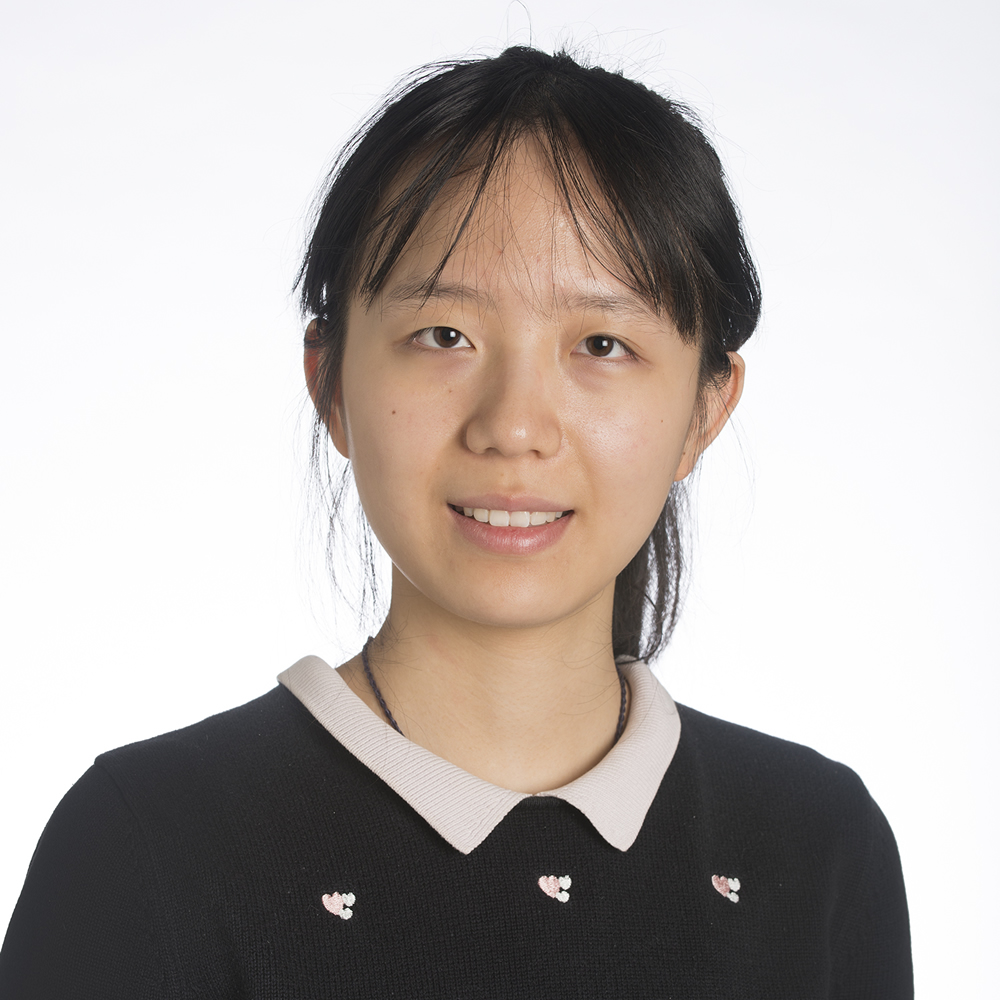
Yang Cao
Research Fellow
The University of Melbourne
Dr. Yang Cao is a materials scientist and engineer, currently working as a Research Fellow in Nanoionics at the University of Melbourne. Yang obtained a B. Eng. (Honors) degree from Monash University in 2017 and recently completed her Doctor of Philosophy (Engineering) degree from the University of Melbourne in 2023 (Supervised by Prof. Dan Li and Prof. George V. Franks). Her research mainly focused on multiscale characterization and sub-nanometer engineering of two-dimensional materials-based membranes, as well as their use in energy storage, ion/molecular separation, and flexible electronics. Over the past two years, her research work has led to over 5 publications in various reputable academic journals such as ACS Nano and Advanced Functional Materials. She is also a recipient of multiple prizes and scholarships including most recently Runner Up Presentation Award at 1st Victorian Electrochemistry Symposium (2022), Borland Forum participants (2022), Research Training Program Scholarship (2021-2022), Dean’s Honours list (2016&2017)
Multiscale characterisation and sub-nanometre engineering of reduced graphene oxide membranes
Multilayered 2D nanomaterial-based membranes with sub-nanometre pores or channels hold great promise for widespread applications such as compact energy storage, ion sieving, and membrane separation. Understanding their assembly structure across multiple length scales, particularly at the sub-nanometre scale, is crucial to realise their precise structural engineering for desired applications but has largely been overlooked in the literature. With the chemical conversion of multilayered graphene oxide membranes to their electroconductive form as a model system, this thesis is devoted to investigating the stacking behaviour of 2D nanoscale building blocks in laminar membranes across multiple length scales during their chemical conversion. With a combined approach of various light scattering techniques and dynamic electrosorption analysis, this thesis establishes a hierarchical structural model of ultra-dense graphene membranes to describe how the graphitised clusters, subnanometre channels and large slit-like voids co-exist in the membranes in an interconnected manner. These structural features and their hierarchical organisation are dependent on the synthetic conditions, including the reduction agent, reduction degree, reduction kinetics, concentration of electrolyte and nature of solvent in the reduction environment. This study also reveals that the (sub-) nanotexture of the graphene membranes, including the size and distribution of the graphitised clusters, the connectivity and structural ordering of the nanochannels, and the extent of graphitisation/crystallinity, can have a significant effect on the transport of ions through the membranes under electrification. The results enable the development of several new methods for engineering their sub-nanometre structure for future nanoionics applications.